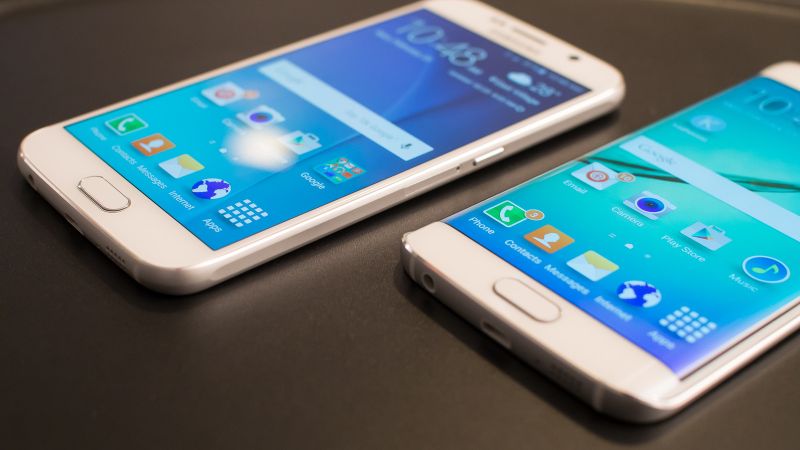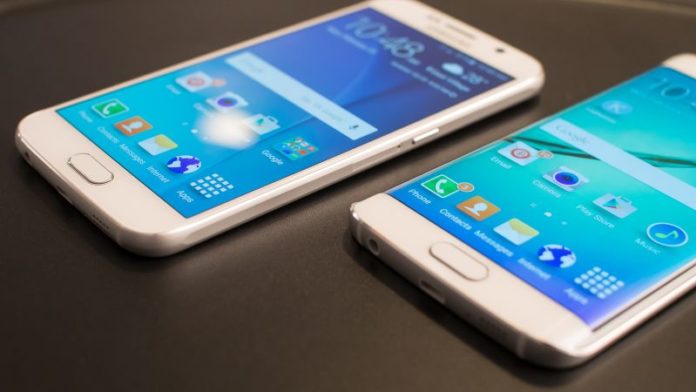The mobile industry is highly competitive and as a result, mobile manufacturers are pushed to be more creative, more innovative and fit more features in each and every year. This creates a fast moving industry that sees the huge change over short periods of time. As a result it can be hard to accurately predict what may be coming to the mobile industry next, but I can think of at least 5 features that smartphones either deserve or could be getting within the next few years.
I’d like to talk a little about these features and why I think they could be making their way into smartphones of the near future.
Foldable or Curved Displays
This is an area that both LG and Samsung are dabbling in a little bit with some of their smartphones, but so far we haven’t seen too much of a productive reason to have a curved display. I strongly believe that a number of manufacturers are working behind the scenes to develop folding displays, and most importantly trying to find a way to make foldable or curved displays useful for consumers.
A lot of features for smartphones are often seen gimmicky – manufacturers may try to be innovative and it ends up not working out for them. Take 3D smartphone displays for example.
I do, however, think that foldable displays could open up opportunities for larger devices, making them more portable and easier to carry throughout the day.
I couldn’t estimate when foldable displays may make it into the public domain, but as it stands right now, curved edged displays are already being used and Samsung has shown their interest in working on folding displays.

10-Core Processors
I personally think that 10 core processors could be a possibility for flagship devices. It isn’t just about putting as many numbers as possible into a smartphone to impress buyers, either. Whilst multi-core processing to this degree may not be as viable on a desktop PC, it works well on smartphones, and SoC’s with processors with eight or even ten cores could be beneficial for performance.
The idea behind a multi-core setup is that it provides the smartphone plenty of ‘utility’ Using a big.LITTLE array, or something similar, would allow a smartphone to pick and choose between various levels of performance. A ten core processor could be split into one dual core and two quad cores. The dual core could be used for when idle, or for very low resource tasks, whilst the first quad core could be used for standard browsing through the operating system. The final quad core could be used for intensive work such as video processing or playing games. Being able to swap out between either of these processors can help reduce power consumption, therefore increasing a smartphone’s battery life, which brings me onto my next point…
New Battery Technology
Whilst batteries in smartphones have been increasing in capacity over the last few years, the increase in battery capacity is very slow, and it’s being overtaken by display size and display resolution improvements, negating any real benefit of having a large battery.
Perhaps in five years time it may be standard to see 4,000mAh batteries in lithium-ion powered smartphones, but there are alternatives. There is currently plenty of research being done into alternative battery mediums.
We’re looking at the potential for super fast charging aluminum graphite batteries in the near future, or potentially batteries that run on water or even a battery that can harness power from a human’s skin.
There’s plenty of space for innovation in the battery department and I feel like smartphone manufacturers will soon have to look outside of the box instead of slowly improving battery capacity for the lithium-ion solution they’re currently relying on.
Even Better Cameras
This is one area that we’re likely to see improvements on in the very near future, and by that I’m talking within the next three years. Sony has already put a huge amount of effort into their smartphone camera sensors and a lot of their profit is coming in through sensor sales to other smartphone manufacturers. As the leading smartphone camera provider in the industry, Sony are looking to put more research into their work to improve smartphone cameras. As a result, this will directly improve the camera quality for any smartphones manufactured by companies buying from Samsung and will indirectly push other camera manufacturers to work harder to keep up with the competition.
Branding and Design Improvements
This is largely based around speculation on my part, but I think it’s a valuable insight that deserves a listen. Samsung took a brave approach this year by completely revamping their smartphone designs and it has paid off incredibly well for them. The new Galaxy lineup has been received positively by critics and consumers and it’s going to mark a new start for branding and design improvements in the mobile industry.
As Samsung is setting the bar for high-quality smartphone design, other manufacturers are going to be pushed to reconsider their own designs. I doubt we’ll see a complete overhaul from Apple, but I would not be surprised at all if Apple reworks their next smartphone lineups to ensure the iPhone looks even sleeker and slimmer than the Galaxy S lineup.
I think this will result in a wave of new work done towards smartphone design and branding that all manufacturers will take part in. Manufacturers want to hold onto their customers, but more importantly they don’t want their competitors taking their customers away from them.
Creating a strong smartphone flagship lineup in years following 2015 could be more about the actual design, appearance and branding than it’s ever been before.
What do you expect to see from smartphones in the near future?
Image credit: Androidcentral; Yourmumhatesthis




